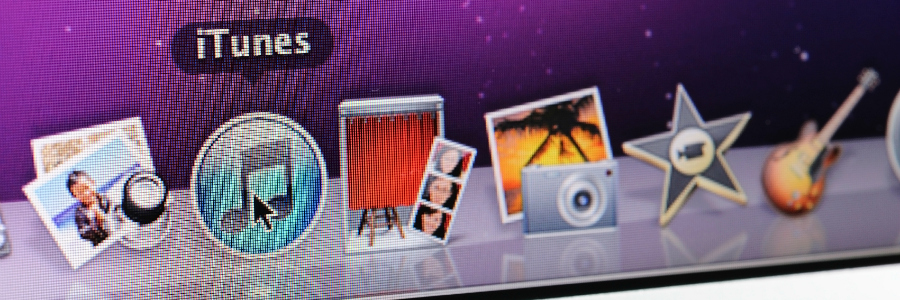

Wearables
Wearable technology is considered a revolutionary tool to connect patients with healthcare professionals. These devices are rapidly on the rise due to their ability to track a patient’s physical activities, sleep patterns, calorie consumption, and so much more. They can be used to continuously monitor a person’s health status and instantly transfer that information to the hands of clinicians. These benefits, in turn, allow healthcare providers to deliver better care for both normal symptoms and chronic conditions.
Increased demand for data
While clinicians are keen to collect as much patient information as they can to improve healthcare delivery processes, there always seems to be a piece of information that is overlooked. The result? Healthcare providers either have to make assumptions based on unreliable data, or try to retrieve that information through complex processes. This is where an enterprise data warehouse (EDW) comes in. EDW is an advanced data analytics tool that enables users to access high-quality and accurate data in real time.
Cybersecurity
With the introduction of various healthcare applications and web-based services, data security and privacy will certainly become top priorities for both patients and providers. When it comes to cybersecurity in healthcare, it’s not just about medical data anymore. In recent years, we’ve seen medical devices that can be controlled and accessed remotely, such as the insulin pump. But if someone were to hack into the device and tamper with the dosage, the patient’s life could be in danger of a potentially lethal dose. While there has been no reports of such incident, healthcare providers will likely become more conscious about cybersecurity, since they can’t afford to take any chances.
Organ perfusion systems
In response to the organ supply shortage problem, the FDA (Food and Drug Administration) approved two cutting-edge technologies — the Xvivo Perfusion System and the OrganCare System — in order to improve the viability of donated lungs and hearts for transplantation. In the coming years, these systems could potentially double the number of lung and heart transplants and serve all patients that are on the waiting list for donated organs.
Patient-centered care
There will be a significant change in the healthcare industry’s approach to providing care. More and more hospitals are trying to improve the quality of service delivery and increase the patient’s satisfaction and engagement by providing patient-centered care. This type of care generally involves transforming the traditional relationship between doctors and patients, in which a care provider prescribes the same treatment for patients with similar conditions, into a patient-centered care that considers treatment options based on each patient’s unique preferences and needs.
Want to learn more about the latest trends in the healthcare industry? Or are you looking into implementing powerful technology for your healthcare business? Get in touch with our experts today and see how we can help.


